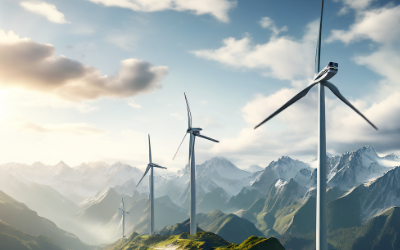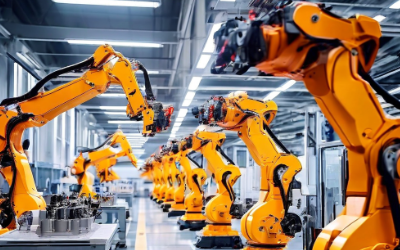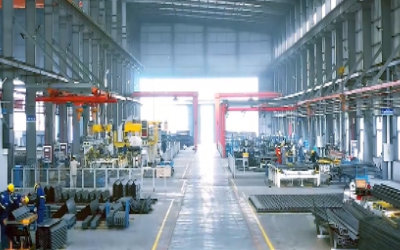Nation pushes nuclear power to ensure supply, reach carbon goals
China is ramping up efforts on nuclear power station projects, with five projects-including two announced on Wednesday-powered by 10 nuclear reactors having been approved so far this year, a record number since 2011.
During a State Council executive meeting chaired by Chinese Premier Li Keqiang on Wednesday, two new nuclear power plants were approved to start construction, and are required to be constructed and operated in an "absolutely safe" manner.
The two projects include the second phase of the Zhangzhou nuclear power plant in East China's Fujian province and the first phase of the Lianjiang nuclear power plant in South China's Guangdong province, China Media Group said.
Analysts said the new approvals will further ensure the energy security of the country while playing a major role in helping China reach its green goals.
Wei Hanyang, a power market analyst at research firm BloombergNEF, said China's new nuclear project approvals will help ensure adequate power supply in the country while further boosting the local economy, given a large sum of new investments.
According to Jiemian.com, to approve and construct a nuclear reactor usually takes 56 months to 60 months and the investment for one nuclear reactor is estimated to be around 20 billion yuan ($2.87 billion), which means the total investment for 10 nuclear reactor units will reach 200 billion yuan.
Luo Zuoxian, head of intelligence and research at the Sinopec Economics and Development Research Institute, said nuclear power, as non-fossil energy, has further illustrated its strategic importance in the country's energy mix and he believes China will continue to support nuclear energy as an integral part of its energy supply.
Nuclear energy has become a major non-fossil fuel option against the backdrop of a global energy shortage and it will also play a crucial role in ensuring the stability and consistency of a new power system dominated by new energy in the country, Luo said.
The Lianjiang nuclear power plant will be built by State Power Investment Corp and the Zhangzhou nuclear power plant will be built by China National Nuclear Corp.
The Zhangzhou nuclear power plant adopts Hualong One, a third-generation nuclear power technology with China's exclusive intellectual property rights. The first phase of the project includes two reactors, which were approved and began construction in 2019.
According to China's nuclear development report for this year released by the China Nuclear Energy Association on Wednesday, nuclear units in China have long been operating in a secure and stable manner.
Since 2021, five new nuclear power units have been put into operation, and construction of nine more has started. The Hualong One, China's third-generation nuclear power technology with full intellectual property rights and also one of the most widely accepted third-generation nuclear power reactors in the current global market, has also entered into mass construction, it said.
China currently operates a total of 53 nuclear reactors, with a total capacity of 55.6 million kilowatts. As many as 23 nuclear reactors are under construction with a total capacity of 24.19 million kW, which ranks tops in the world, it said.
China wants non-fossil fuels to account for 25 percent of total energy consumption by 2030, as it is going full throttle on its green energy transition to peak carbon emissions by 2030 and achieve carbon neutrality by 2060.
The installed capacity of China's nuclear energy is expected to further expand and the power generated by nuclear plants will also be lifted during 14th Five-Year Plan (2021-25) period, according to the blueprint.
According to the plan on the country's energy system released by the National Development and Reform Commission and the National Energy Administration, the government vows to step up the installed capacity for nuclear power plants in operation to 70 gigawatts by 2025, up from 51 GW at the end of 2020.








